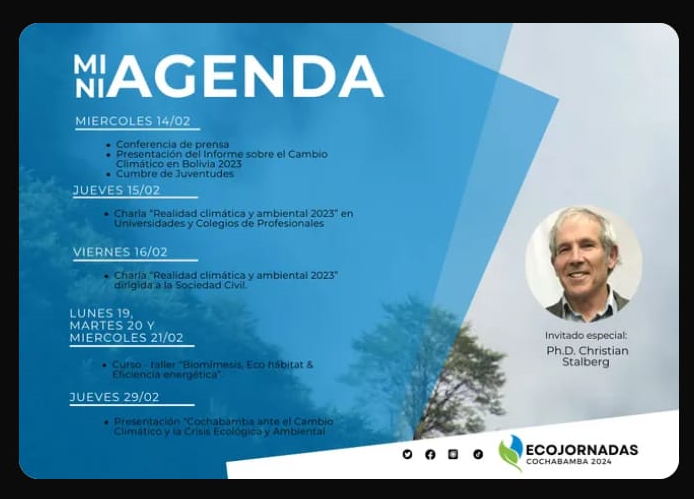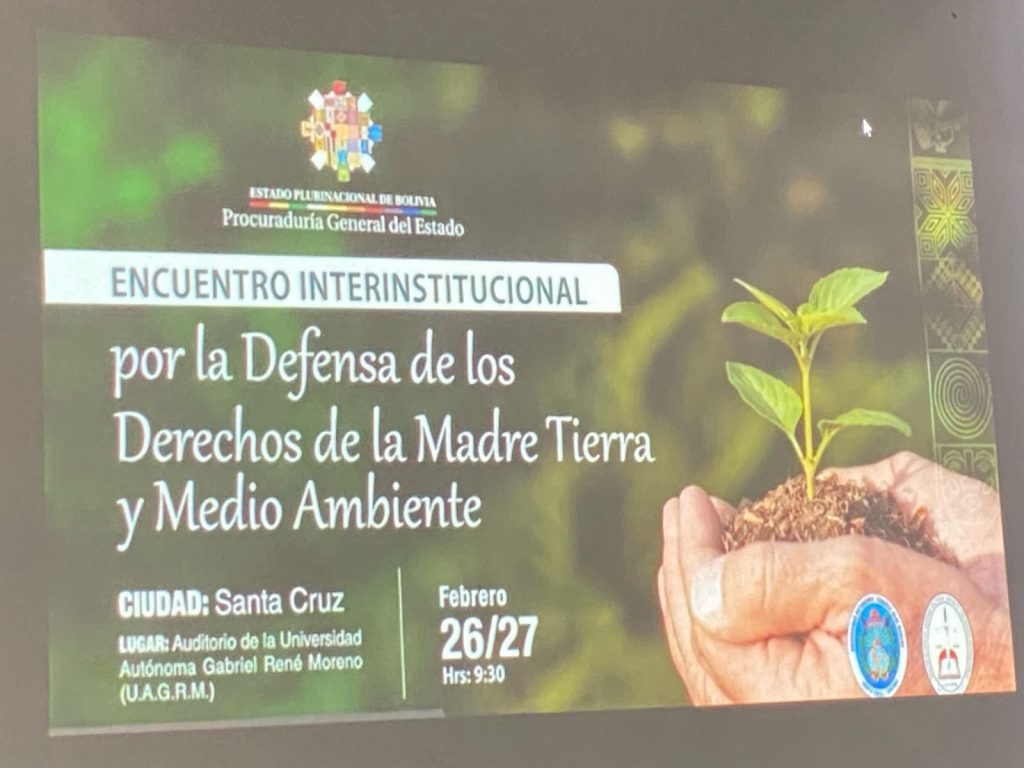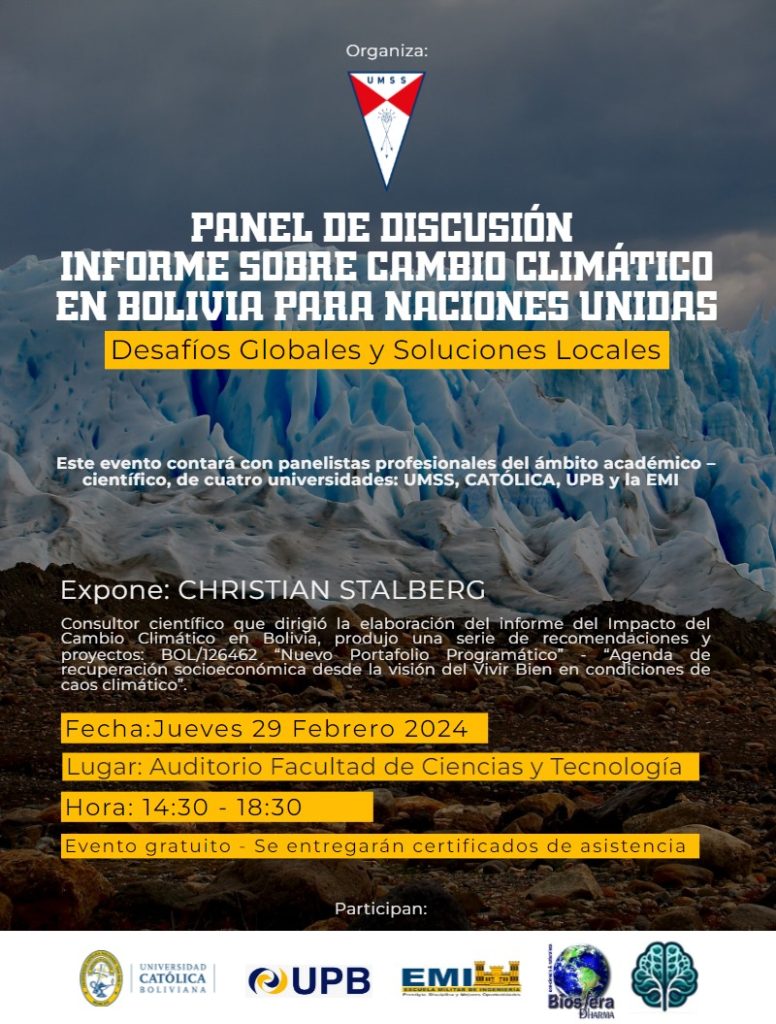The world is going through a crisis of unprecedented global scale engendered by a dominant system that has resulted in deepening inequalities, increasing deprivation in old and new forms, the destruction of ecosystems, catastrophic climate change, ruptures in socio-cultural fabrics, and the violent dispossession of living beings.
However, there is an increasing emergence and visibility of an immense variety of radical alternatives to this dominant regime, contesting its roots in capitalist, patriarchal, racist, statist, and anthropocentric forces.
These range from initiatives with a specific focus like sustainable and holistic agriculture, community led water/energy/food sovereignty, solidarity and sharing economies, worker control of production facilities, resource/knowledge commons, and inter-ethnic peace and harmony, to more holistic or rounded transformations such as those being attempted by the Zapatista in Chiapas and the Kurds in Rojava. Alternatives also include the revival of ancient traditions and the emergence of new worldviews that re-establish humanity’s place within nature, as a basis for human dignity and equality.
– excerpt from the Global Tapestry of Alternatives




